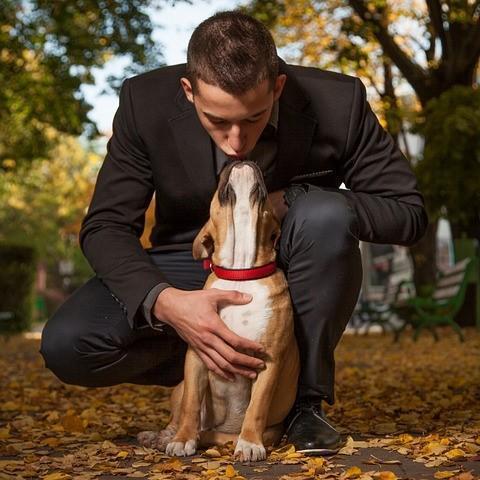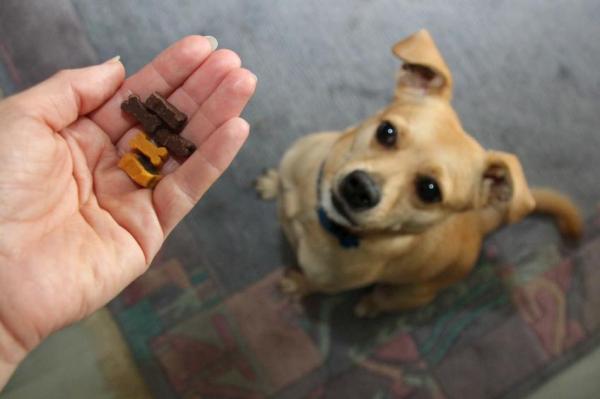
Classical conditioning, also known as respondent conditioning, is a concept that was developed by the Russian physiologist Ivan Pavlov while studying digestive processes in dogs. It's a simple and dynamic form of learning, carried out by an intense scientific investigation.
This AnimalWised article will give a detailed explanation about classical conditioning in dogs, how this learning can be developed and how to apply it to your own dog's training program. All the information you need is found below:
Learning by classical conditioning
Many environmental stimuli produce reflex actions which have not been learnt. For example, the presence of food in the mouth causes salivation, loud noises cause shock, strong light causes the dilation of pupils, etc. The stimuli that cause these responses are known as unconditioned stimuli, and the answers are known as unconditioned responses. In this case, the term "unconditioned" means that no learning is required for the stimulus to provoke the response.
Other stimuli are neutral because they don't cause reflex responses in the body. For example, the sound of a bell will not cause salivation.
Classical conditioning happens when the neutral stimulus starts causing the unconditioned response, because it has been repeatedly associated with the unconditioned stimulus. For example, if you ring a bell every time you give your dog food, they will start associating the sound of a bell with food after a few repetitions, and will salivate each time it hears it.
The neutral stimulus that now produces the reflex response is known as a conditioned stimulus. "Conditional" means that learning is necessary for the stimulus to cause the response.
It's easy to see classical conditioning in everyday life. There are loads of examples with dogs:
- Dogs that go crazy every time their owner picks up the lead to go for a walk.
- Dogs that immediately come every time they see their owners pick up the food bowl.
- Dogs that run and hide every time the gardener comes, because they associate this person with unpleasant events.

Counter-conditioning
If a response has been conditioned, it can also be counter conditioned. It means that learning through classical conditioning can be reversed using the same process.
For example, a dog who learned to be aggressive because it had bad experiences with people can learn to socialize with people if something nice happens every time it sees a stranger.
The process of counter-conditioning is frequently used to modify inappropriate emotional behavior, and is usually carried out together with desensitization. Positive reinforcement is an excellent tool to use.

Classical conditioning in dog training
Classical conditioning is a very powerful tool in dog training, since it allows work to be done directly on the animal's emotions. Therefore, classical conditioning will come in useful to socialize your dog, to treat any phobias that it may have and to reduce unwanted behaviors or habits.
In all such cases, the principle of training by classical conditioning consists in getting your dog to associate nice things (food, games, etc.) with people, other dogs and stressful situations.
You can also use classical conditioning to create a conditioned re-enforcer. A conditioned re-enforcer is a sign that tells your dog that it has done something right, and that the consequences of its behavior will be pleasant. Clicker training is based upon a conditioned re-enforcer, for example.

If you want to read similar articles to Classical Conditioning in Dogs, we recommend you visit our Basic education category.